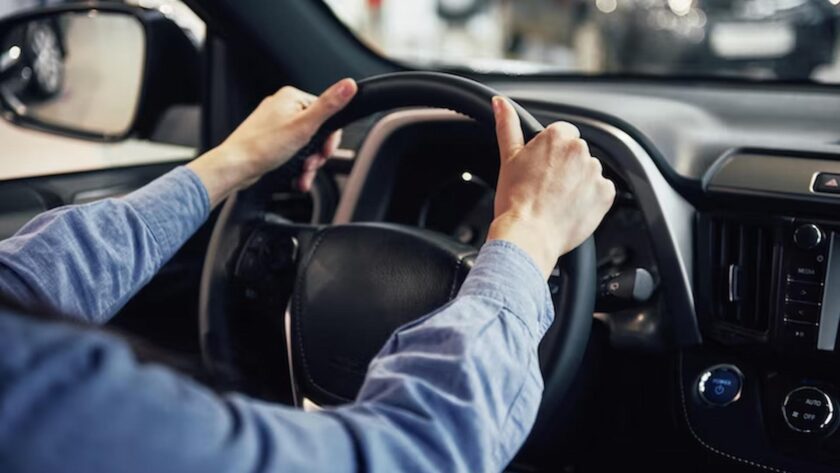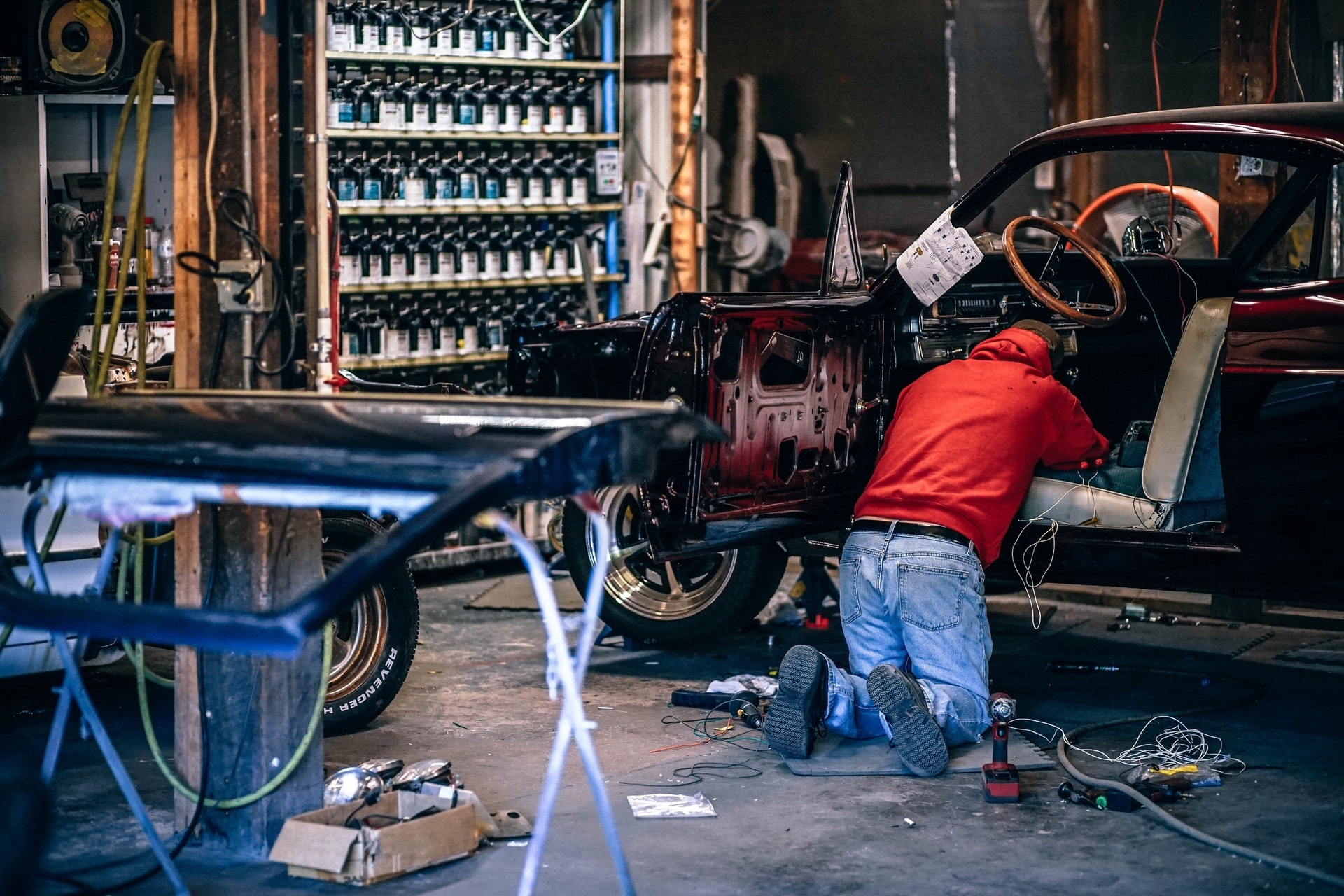When the time comes to book your child’s driving lessons (at the age of 17 in the UK), you might be wondering what you can do to help. Short of booking the lessons for them and allowing them to use your vehicle as their practice car, as well as helping them to get a provisional licence, knowing how to help is a balancing act of being supportive but not pushing them too hard.
In this article, the experts at Colchester driving school share a few key do’s and don’ts for those whose children are about to head off to their first driving lessons.
Do’s and Don’ts of Practical Advice
One of the biggest challenges that driving instructors face is changing the habits of learner drivers, particularly younger learners, who have picked up bad habits from their parents who may have been learning and taking their test at least two or more decades prior.
While driving as a concept remains very much the same, despite the addition of more automatic vehicles and electric cars changing some road etiquette, the process of learning and what it takes to pass a driving test has changed. So, while some practice can help your child to familiarise themselves with the layout of the vehicle and how it works, too much advice can cause them to pick up on habits that must then be undone.
A good idea is to allow your child to sit in a vehicle which is stationary and understand where things like the brake and accelerator are but refrain from taking them out for any practice drives until after their first lesson. That way, they can practice in the way that they have been taught and the way that will serve them well in a driving test scenario.
Make sure they know the importance of driving theory
Driver theory is not as exciting as practical lessons, and while a driving instructor will help each pupil to understand the working meaning and action behind different road signs and how to respond in different situations, the theory part of driving training is very much a self-taught and self-driven task.
As a parent, encouraging your child to brush up on their theory is a good way to help them get the most out of the learning experience. Quiz them on different signs in the car and involve them in your decision making as a driver, to encourage them to think about theory but in real-life situations. The more you can encourage in terms of learning and revision, the better they will fare both in the theory test itself and during the practical if the examiner asks them to read and interpret certain signs.
Be supportive
Learning to drive is a process, with everyone learning and adapting to the responsibility of sitting behind a wheel at their own pace. Be supportive, be patient, and take the time to ask your child about their lessons and whether they want to get out in a vehicle and practice. Confidence is key and must be balanced with knowledge and understanding of the road.
To book your child’s driving lessons and find out more advice like this, get in touch with your local driving school.





